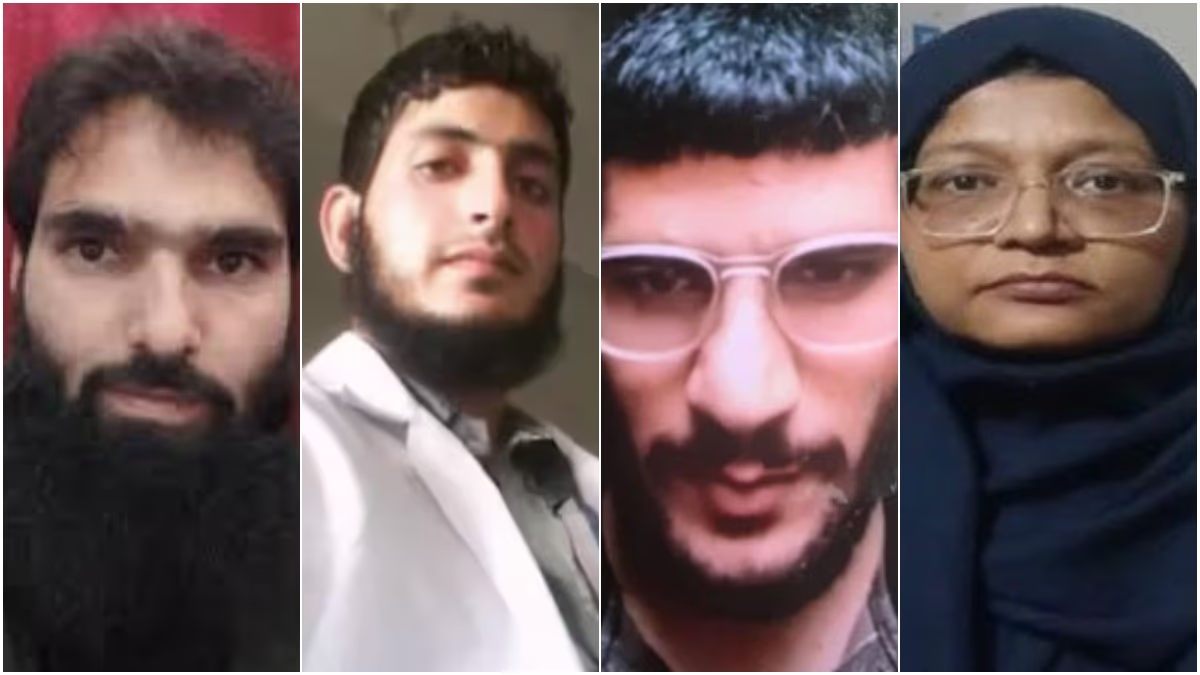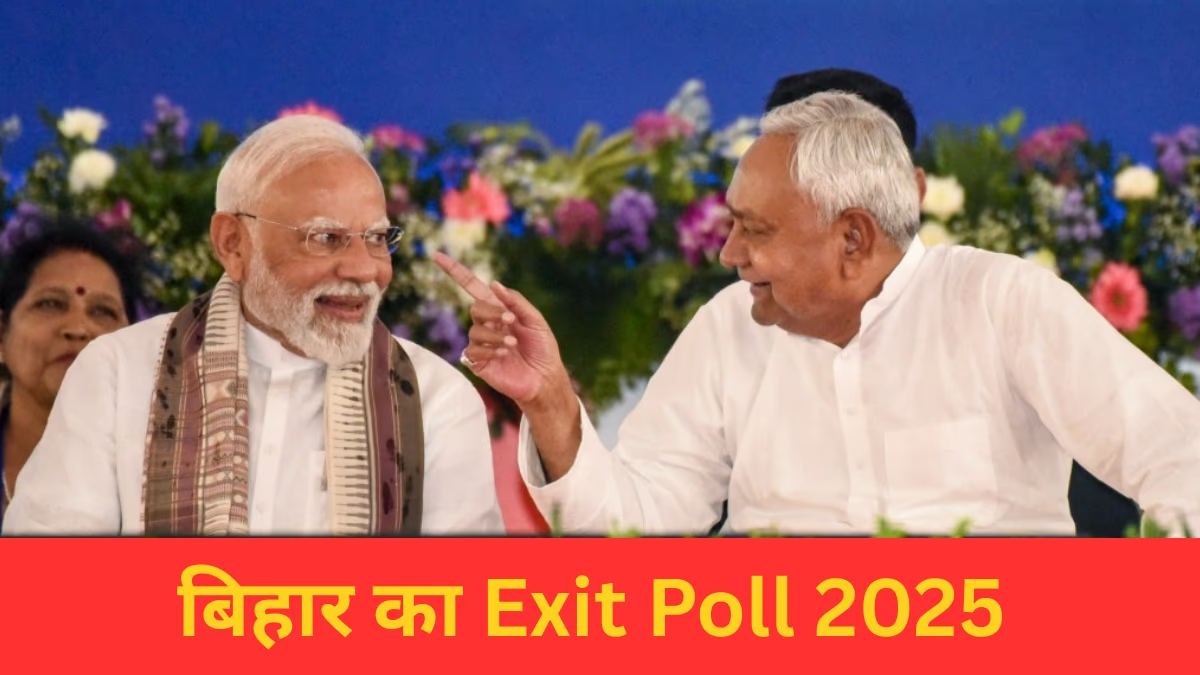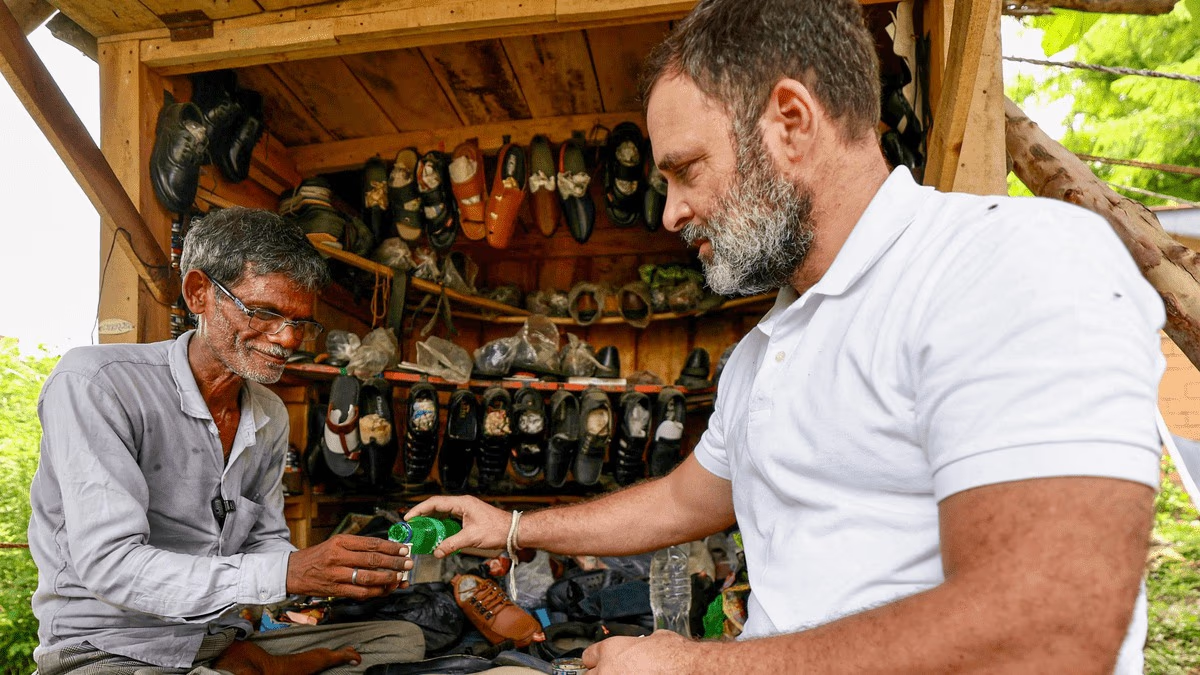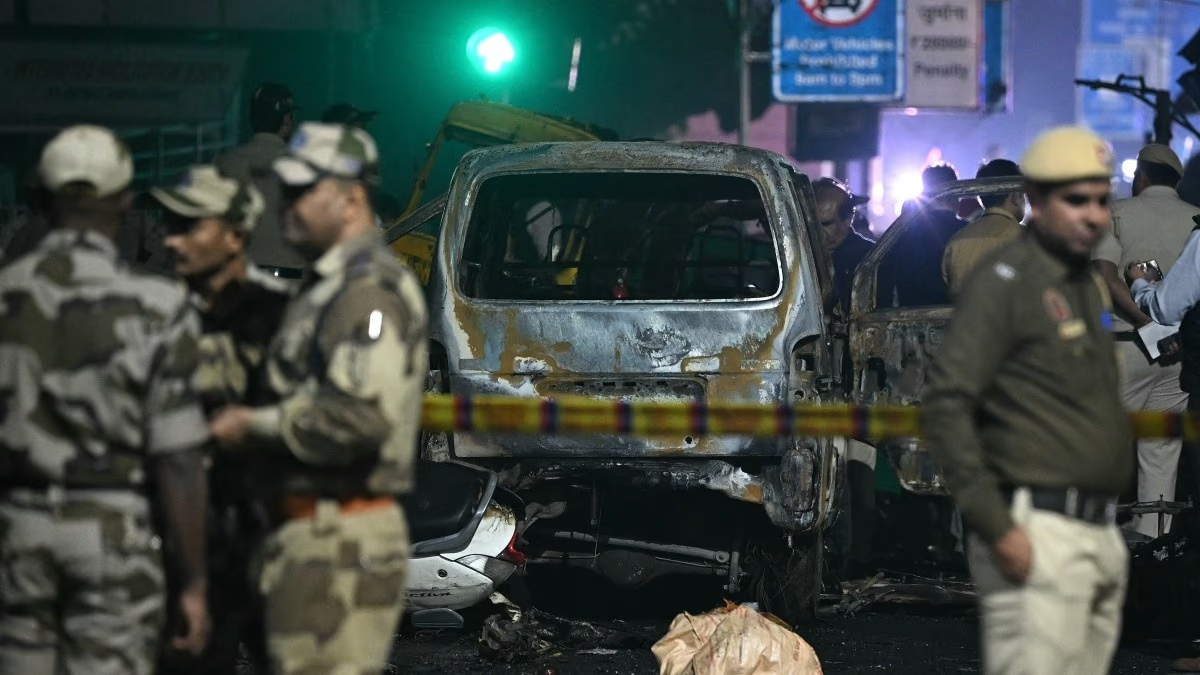The Jammu & Kashmir Police played a pivotal role in dismantling a massive terror network that posed a grave threat to national security. On October 19, JeM's threatening posters appeared overnight in the Nowgam area of Srinagar. The investigation launched by JK Police rapidly unveiled layers of a 'white-collar terror module' with connections to handlers based in Pakistan.
This module included radicalized doctors, students, clerics, and other professionals conspiring for major attacks across Indian cities using encrypted apps. In a joint operation with Haryana Police, over 2,900 kilograms of explosive material, two AK-47 rifles, and other arms were seized, and nine suspects linked to this module have been apprehended.
The Dark Game Behind White-Collar Professions
The prime suspect, Dr. Umar Nabi, was on the run when his involvement in a blast near Delhi's Red Fort on November 10 was confirmed. According to the Special Cell of Delhi Police and other central agencies investigating this case, Umar was driving the i20 car stuffed with explosives alongside two other suspects. Around 6:52 PM on November 10, as the car crawled through traffic on Netaji Subhash Chandra Bose Road, the explosives accidentally detonated. Umar and the two other suspects were likely killed in the blast.
This case raises alarms because individuals from respected professions like doctors were gathering arms and explosives under the guise of their white-collar jobs to shake the nation to its core. The investigation uncovered these suspects' connections with handlers in Pakistan-occupied Kashmir (PoK) via Telegram channels.
Timeline of the Case
October 19:
In the late-night hours, JeM's threatening posters were found in Srinagar's Nowgam (Bunpora) area, warning of targeting security forces. The JK Police registered a case under UAPA, BNS, Explosive Substances Act, and Arms Act at Nowgam Police Station. CCTV footage identified three Over Ground Workers (OGW)- Arif Nisar Dar alias Sahil, Yasir-ul-Ashraf, and Maqsood Ahmed Dar alias Shahid, all residents of Nowgam. They were arrested and interrogated, forming the initial link to identifying the 'white-collar terror module.' Their interrogation led JK Police to Shopian's cleric Irfan Ahmed, a paramedical staff member of GMC Srinagar and imam of the Nowgam Mosque, instrumental in radicalizing doctors.
November 5:
Extensive interrogation of cleric Irfan and CCTV footage led to tracing and arresting Dr. Adil Rathar from Saharanpur, Uttar Pradesh. He was brought to Srinagar for questioning, where he disclosed plans for bombings in various cities, explosive storage locations, and information on his associates- Dr. Muzammil Ganaie and Dr. Shaheen Saeed. The probe into cleric Irfan Ahmed's phone revealed a Telegram channel connected to Pakistani handler Umar Bin Khattab.
November 8:
On Dr. Adil's statements, the JK Police, with Faridabad Police's assistance, arrested Dr. Muzammil Ganaie from Al-Falah University in Haryana. He was brought to Srinagar. During this period, an AK-47 rifle was discovered from Dr. Adil's old locker at GMC Anantnag. Muzammil, hailing from Pulwama and a senior faculty member at Al-Falah University in Faridabad, was deeply involved with JeM.
November 9:
Thorough interrogation of Dr. Muzammil and Dr. Adil provided further insights. The JK and Haryana Police seized an arsenal of explosives and weapons from Dr. Muzammil's rented room in Faridabad's Dhauj village, including 2,900 kilograms of IED material. Further questioning implicated Dr. Umar Nabi as the module's kingpin, who had since fled. UP STF arrested Dr. Shaheen Saeed, Dr. Muzammil's girlfriend linked to JeM's 'women wing,' in Lucknow, recovering an AK-47 from her car, while a gun hidden in Muzammil's car was dumped in a Faridabad garbage bin and later recovered.
November 10:
An explosion in an i-20 car in Delhi's Red Fort area resulted in eight deaths and 20 injuries. CCTV footage revealed the car, driven by Dr. Umar Nabi, traveled through several areas in Delhi before the blast. The car was parked at Sunehri Masjid near Red Fort for about three hours before departing at 6:22 PM and exploding a few hundred meters away at 6:52 PM. Investigation agencies inferred that the explosion was accidental. An Improvised Explosive Device (IED) inside the car was not fully prepared and intended for planting elsewhere. After the 'white-collar terror module' was exposed, Dr. Umar Nabi realized that they were no longer beyond the reach of security agencies. In haste, they attempted to relocate the IED, leading to the detonation.
November 11:
Post the Red Fort blast, extensive investigations by security agencies exposed the roles of other suspects. Six individuals were detained in Pulwama, including Tariq (i20 car's owner), Amir (i20 and SIM card provider), Umar Rashid (Amir's brother), Ghulam Nabi (terrorist Dr. Umar Nabi's father), Dr. Sajjad Malla (terrorist Dr. Umar's friend), and Shamima Begum (terrorist Dr. Umar's mother). Investigation agencies will take DNA samples from these individuals and match them with DNA extracted from the i20 car's wreckage to verify Dr. Umar's presence during the blast. With nine suspects already arrested, the module's collapse included Ganderbal's Jameer Ahmad Ahangar alias Mutlasha and Mewat's cleric Hafiz Mohammad Ishtiaq.
The 'Doctors of Terror' Network
According to police, this module had been active for two years. The accused doctors and their students raised funds under the guise of social and academic activities while maintaining constant communication with Pakistani handlers. Their plan centered around Faridabad's proximity to the national capital, making Delhi an ideal target. Cleric Irfan radicalized all three doctors- Muzammil, Adil, and Umar, at the direction of Pakistani handlers. To avoid interception by security agencies, encrypted communication systems were employed. A JK Police spokesperson hailed the investigation as 'a major counter-terrorism success,' saying, 'This probe unravels the white-collar terror ecosystem of radical professionals. The financial trail and all links are being traced.'




